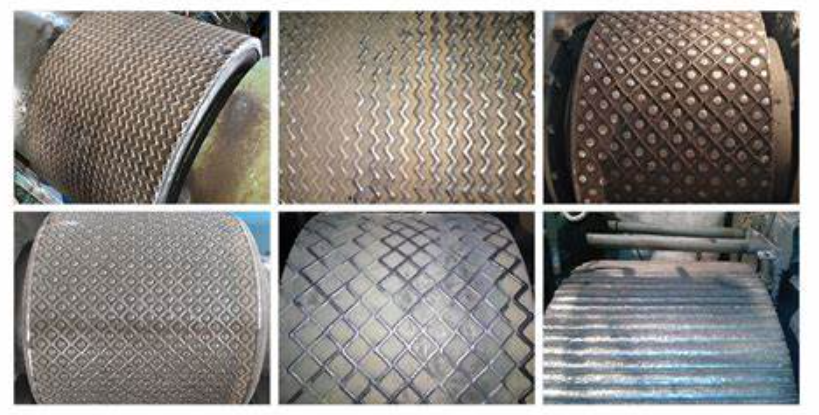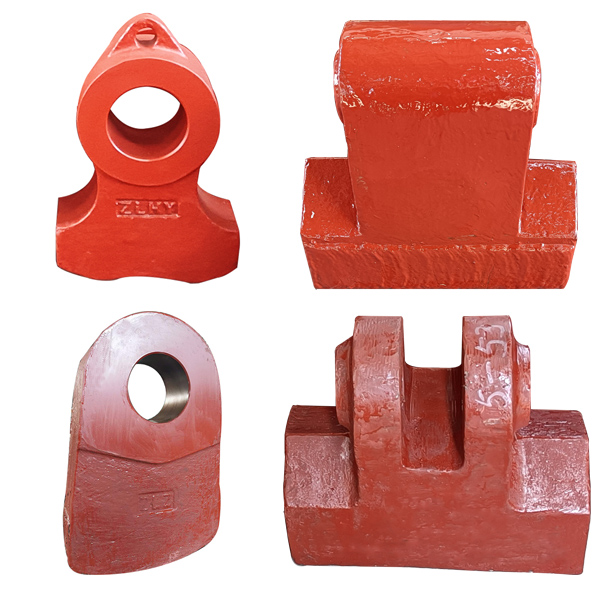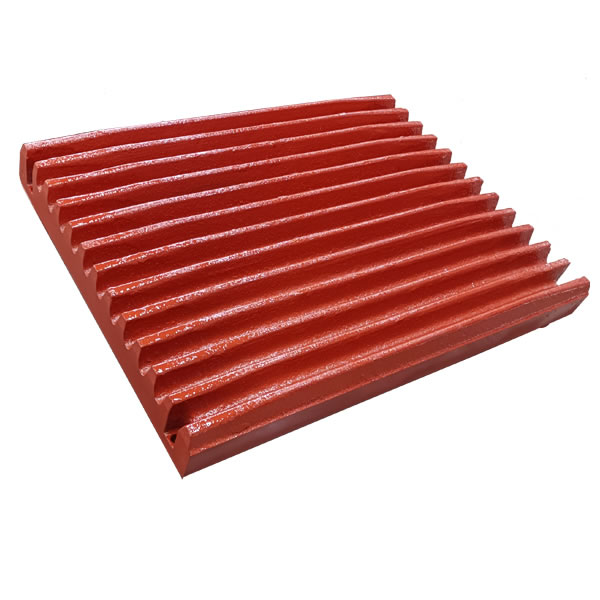How to produce roller cladding machine rollers?
- 2024-07-13
- view count:
The cladding roller is the earliest roller surface technology used in roller presses. In the early days when the roller presses were smaller in size, the manufacturing of the cladding rollers was generally done by directly cladding the wear-resistant layer on the integral forged roller shaft. Later, as the size of the roller presses continued to increase, the conventional forging capacity in China could no longer meet the forging requirements of large-diameter integral rollers. In 2006, a split roller sleeve was developed, which forged the roller shaft and the roller sleeve separately and then assembled, solving the bottleneck of this technology.
The base of the cladding roller is made of forged low-alloy steel with high strength and good toughness, such as 34CrNiMoA. However, due to cost factors, most of the mainstream cladding roller base materials in China use alloy steel materials such as 42CrMoA and 35CrMoA. Some cladding roller manufacturers even use 45# steel or 35# steel as the base material of the cladding roller sleeve.
The manufacturing process of the cladding roller is to place the cladding roller base to be welded in a heating and insulation furnace, and use a rotary heating process to heat it to about 420 degrees and keep it warm for 4 hours. The "transition layer" is clad on the surface of the machine body. The cladding method adopts circumferential insulation cladding. The cladding thickness is generally about 2 to 5 mm, and both submerged arc welding and open arc welding are available. The working layer is clad on the surface of the transition layer. The cladding method adopts circumferential insulation cladding layer by layer, and the cladding thickness is generally about 25 mm, and both submerged arc welding and open arc welding are available. After the working layer is clad, it is naturally cooled down with the rotation of the furnace, and then the roller surface pattern is clad by open arc welding. The roller surface pattern forms vary from manufacturer to manufacturer, including one-line pattern, diamond pattern, circumferential wave pattern, herringbone pattern, etc.



